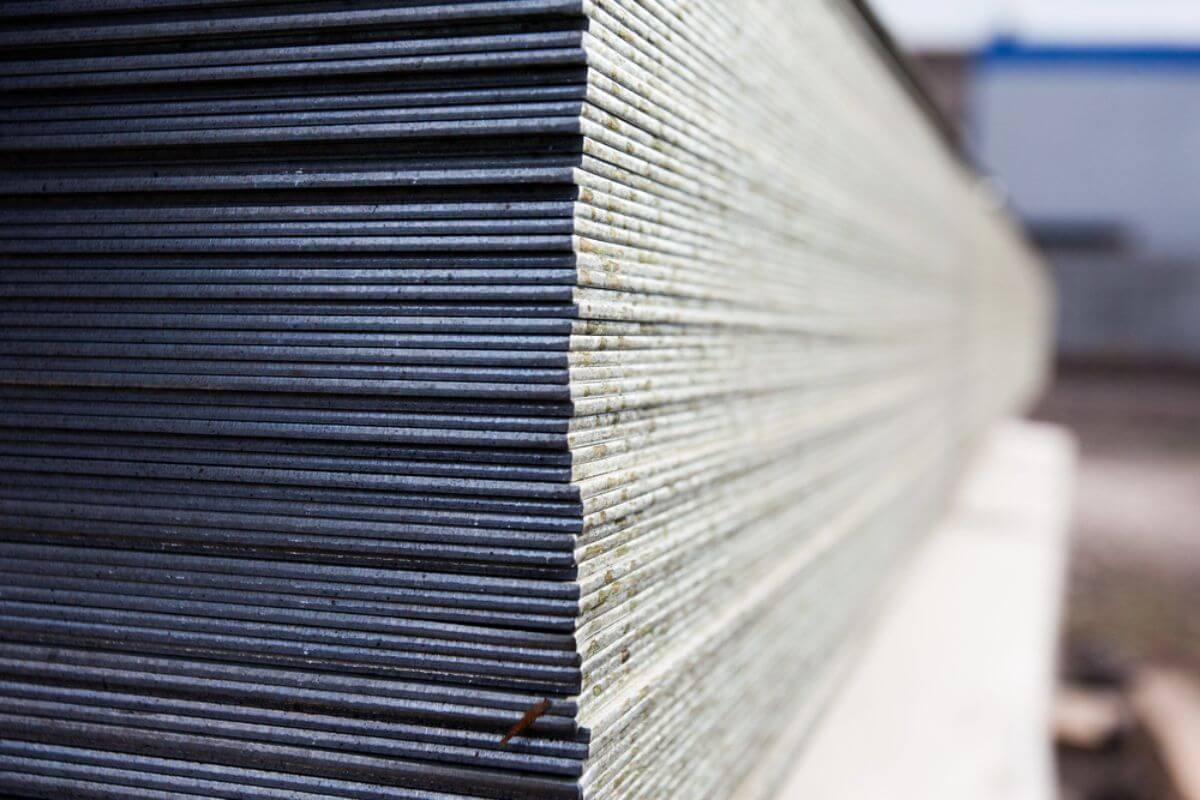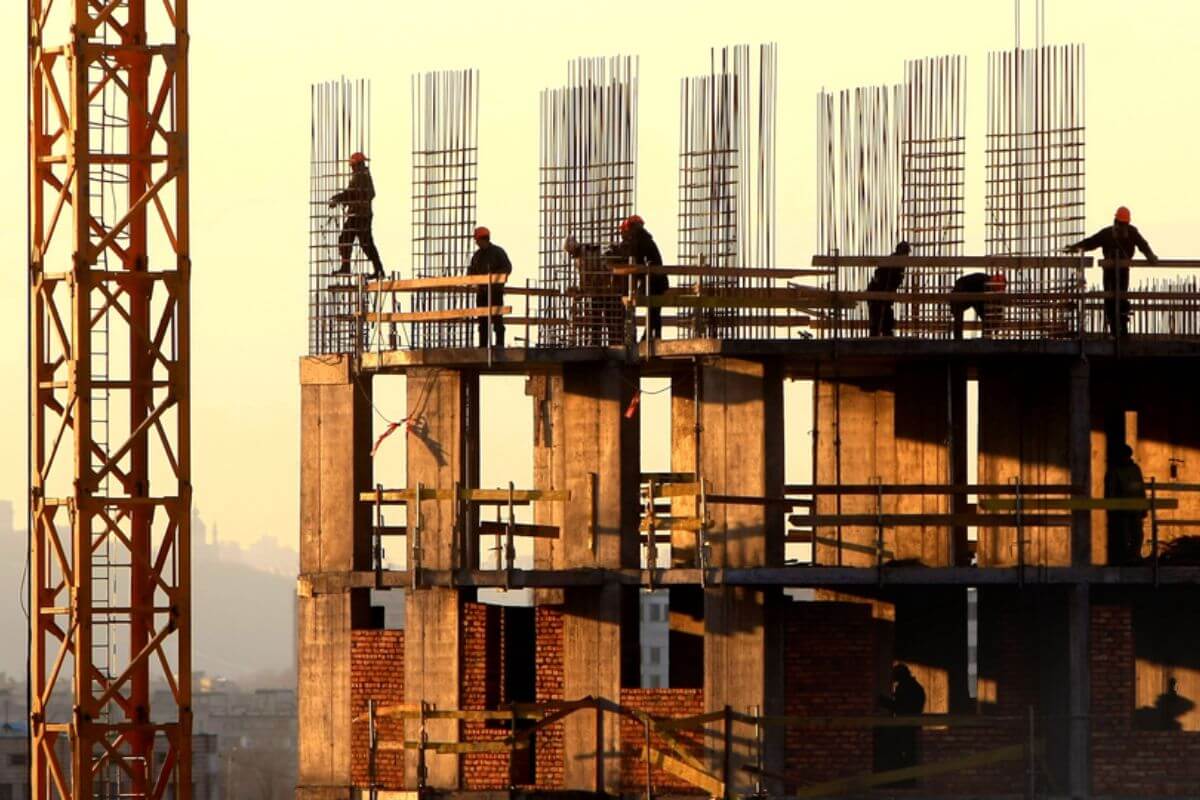How does steel defend structures against natural disasters?
- High structural strength
- Ductility and flexibility
- Fire resistance
- Resistance to corrosion and deterioration
Overview
- Steel’s exceptional strength-to-weight ratio makes it a prime choice for constructing buildings that can withstand natural disasters such as earthquakes, hurricanes, and tornadoes, ensuring the safety of occupants.
- Its ductility and flexibility enable steel structures to absorb the energy from seismic activities and high winds without collapsing, providing crucial evacuation time and reducing the risk of catastrophic failures.
- Steel’s resistance to fire, corrosion, and deterioration makes it a reliable material for withstanding the rigors of natural calamities, ensuring the durability of infrastructure, and facilitating post-disaster recovery efforts.
When protecting buildings from natural calamities, steel stands out as the best player in building materials. Steel allows engineers to create structures that can endure the powerful impacts of earthquakes, hurricanes, tornadoes, fires, and other disasters, all thanks to its exceptional strength, flexibility, ability to resist fire, and resistance to corrosion and degradation.
In this article, we’ll examine how steel defends against natural disasters, guaranteeing the durability of your buildings and the safety and well-being of those who live or work there.
High Structural Strength
Steel has many benefits, including a surprisingly high strength-to-weight ratio capability. This feature allows steel constructions to endure strong lateral and vertical stresses from natural disasters like earthquakes, hurricanes, and tornadoes.
While hurricanes and tornadoes can destroy buildings with strong winds, earthquakes can force buildings to collapse, but due to steel’s superior strength-to-weight ratio, your buildings can withstand the forces produced by these occurrences and offer a refuge of safety for individuals. By providing a robust framework, steel enables buildings to remain intact even under extreme shaking or winds.
Ductility and Flexibility

Unlike other materials, steel is a great construction choice because it can bend and flex without breaking. This means that steel buildings can move and sway in an earthquake or strong wind without falling down. The connections and framework of steel structures are designed to handle big forces and keep the building safe. This gives people time to get out and lowers the chance of a big collapse.
The material’s flexibility and ductility also make building intricate and cutting-edge designs simpler. Steel can be manipulated and formed into various shapes, allowing architects and engineers to design distinctive shapes and structures to withstand any calamities depending on the construction’s need. This adaptability makes it possible to design buildings, bridges, and other architectural marvels that are both aesthetically pleasing and structurally sound.
Fire Resistance
Steel is designed to withstand fire, which enables it to maintain strength and stability under incredibly hot conditions. The steel frame can sustain high temperatures long before buckling or deforming, thanks to its low heat conductivity. Innovative fire-safety features are also possible thanks to steel’s heat resistance. Fire-rated steel doors, walls, and structural components create passive firebreaks. These contain the flames and keep vital escape routes open while preventing spread.
Because of steel’s special material characteristics, steel may be used to create layered, comprehensive fire protection systems for buildings and other structures. Steel frame serves as the literal backbone of a building, preventing it from collapsing, keeping fires under control for hours, and saving countless lives thanks to its built-in fire resilience and improvement possibilities.
Resistance to Corrosion and Deterioration

For buildings in coastal or flood-prone areas, steel’s natural resistance to corrosion makes it a good choice. Steel can tolerate exposure to saltwater and damage from repeated submersion thanks to specialized alloying elements like chromium and copper. The durability of steel prevents the progressive deterioration over time that could jeopardize the security of buildings.
The resilience of steel also facilitates flood-related recovery. Foundations are frequently undermined by shifting soil conditions, yet steel piles are stable even when partially buried. Despite extended water exposure, the steel frame is resistant to harm. Even when submerged, essential infrastructure like bridges, dams, and utilities maintain structural integrity. Steel’s innate strength and resistance to corrosion help structures withstand the rigors of natural calamities. As a result, communities can rebuild with confidence, knowing that their new steel structures are built to last and provide protection.
Key Takeaway
Now you understand how steel defends against natural disasters lies in its capacity to offer vital protection against natural calamities. It is the material of choice for engineers building resilient structures and infrastructure due to its high structural strength, ductility and flexibility, fire resistance, and resistance to corrosion and deterioration. Engineers can create structures and infrastructure that can survive the destructive forces unleashed by earthquakes, hurricanes, fires, and other natural catastrophes by utilizing the special qualities of steel.
Are you ready to fortify your structures against the unpredictable forces of nature? Regan Industrial Sales Inc. is your trusted partner in securing the strength and resilience of your projects. Explore our top-quality steel products and solutions, meticulously crafted to withstand natural disasters.
Contact us today, and let’s strengthen your constructions against the might of Mother Nature. Your safety and the durability of your projects are our top priorities. Together, we’ll build a more resilient future.






